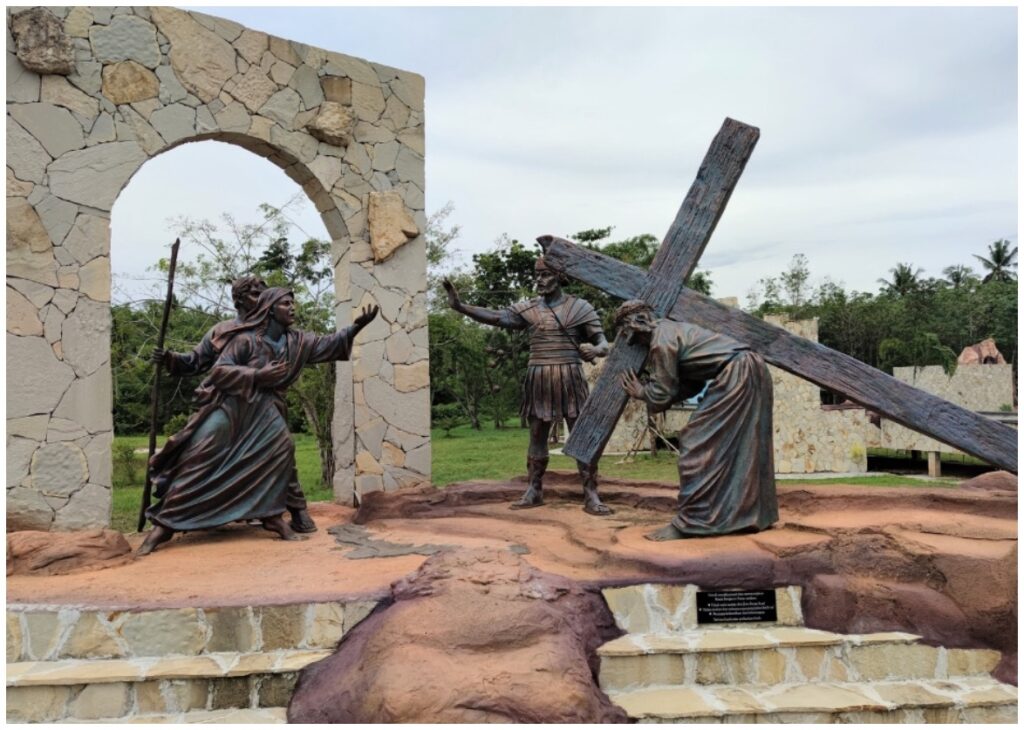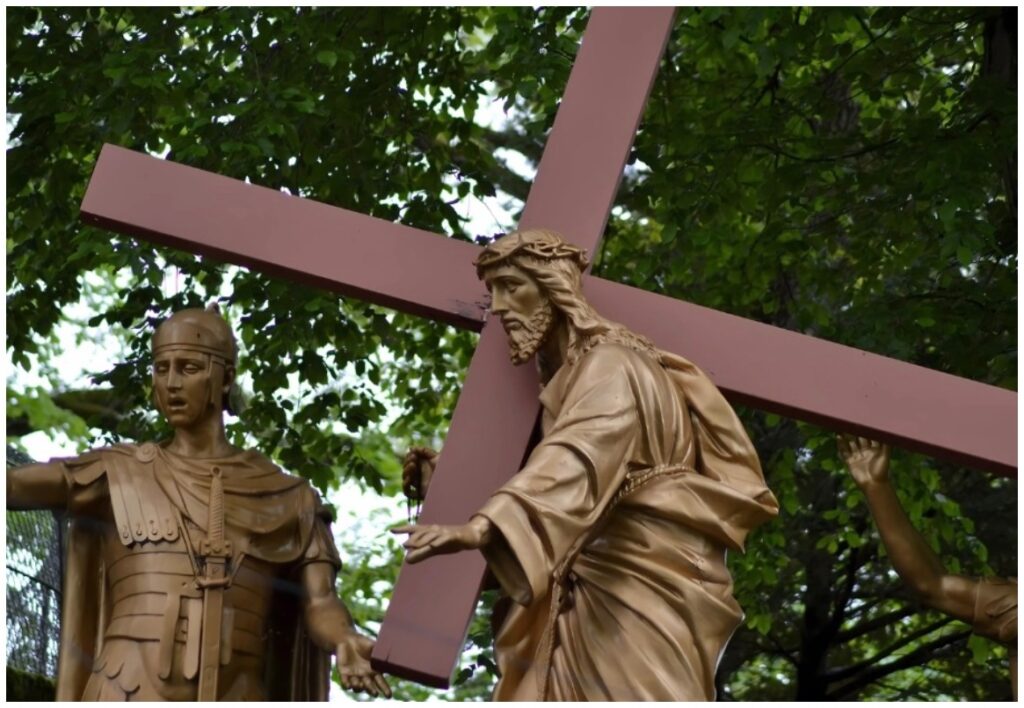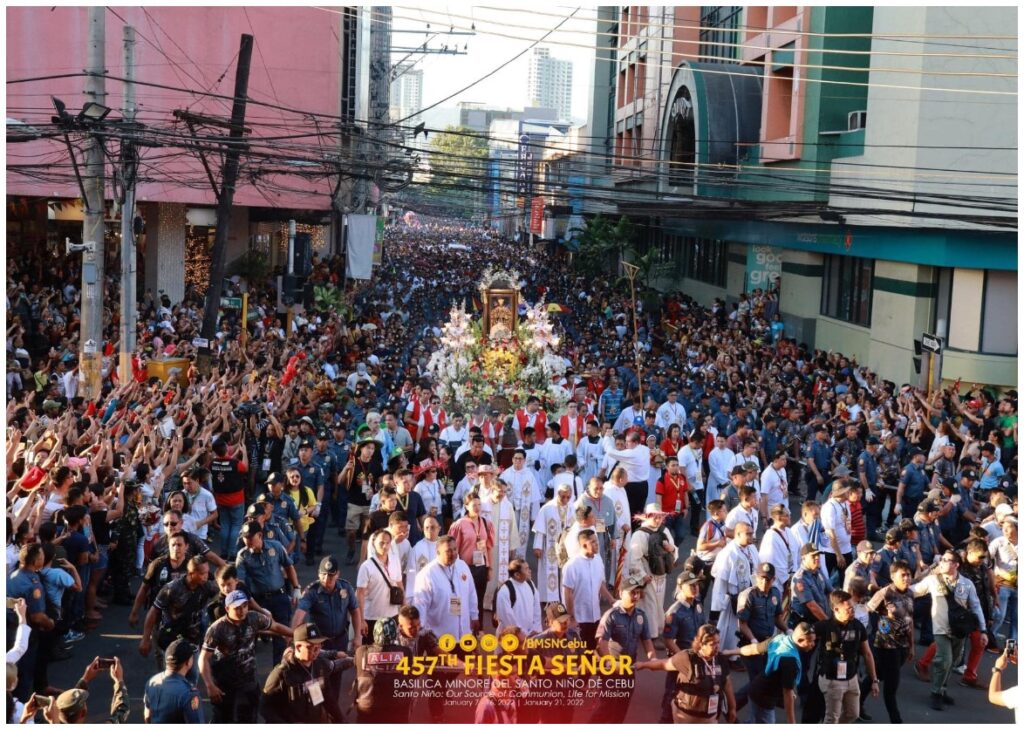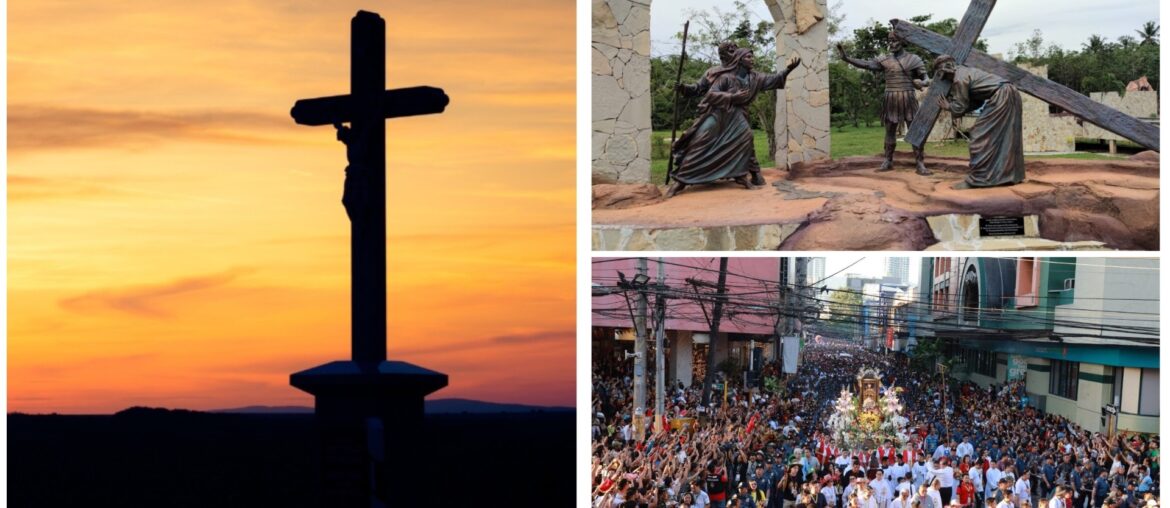“The Way of the Cross is not just a path of sorrow—it is the bridge to hope, redemption, and eternal grace.”

The 14 Stations of the Cross represent key moments in Jesus Christ’s journey from his capture to his crucifixion, offering a spiritual reflection on his suffering and sacrifice.

The History of the 14 Stations

The 14 Stations of the Cross—also known as the Way of the Cross or Via Crucis—commemorate the biblical moments leading up to Jesus’s death. The practice began with early Christian pilgrims who visited Jerusalem to retrace Jesus’ steps along the Via Dolorosa or “Sorrowful Way.” It was later popularized by the Franciscans in the 18th century.

By 1731, Pope Clement XII officially recognized the 14 stations and allowed them to be displayed in churches, giving structure to the tradition. Some places also include a 15th station, which represents Jesus’s resurrection.
Why Are There 14 Stations?

The number 14 became standardized as the tradition evolved, with each station representing a significant moment in Jesus’s Passion—from his condemnation to his burial. These 14 moments offer a comprehensive journey of reflection and devotion.
The Significance of the Way of the Cross in the Philippines

The Stations of the Cross hold deep meaning in the Philippines, reflecting the country’s strong Catholic faith and deeply rooted cultural traditions. For many Filipino devotees, the practice serves as a time for spiritual reflection on Christ’s suffering and their personal faith.
During Holy Week, particularly on Good Friday, countless Filipinos participate in this solemn tradition. The practice has also blended with local customs, becoming an integral part of Filipino religious life and community identity.



Comments are closed.